Africa. Just the name stirs something deep… Now, imagine a place so special, so utterly vital to our shared planet, that it’s protected for all time. That’s a UNESCO World Heritage Site, and Africa is now home to yet another one! Maputo National Park in Mozambique joined this prestigious list in July 2025.
This isn’t just a park; it’s a breathtaking stretch of coastline that gathers the former Maputo Elephant Reserve, Inhaca Island, the Machangulo Peninsula, and a vibrant ocean expanse from Inhaca to Ponta do Ouro. It’s been set aside to ensure this natural jewel continues to sparkle within Mozambique’s safari and tourism circuit.
Maputo National Park is just one incredible example of UNESCO World Heritage Sites in Africa. The continent cradles over 100 World Heritage Sites, each a unique chapter in the continent’s story, and divided into cultural, natural, and mixed sites. Let’s explore a few you can experience firsthand on an African safari.
iSimangaliso Wetland Park, South Africa
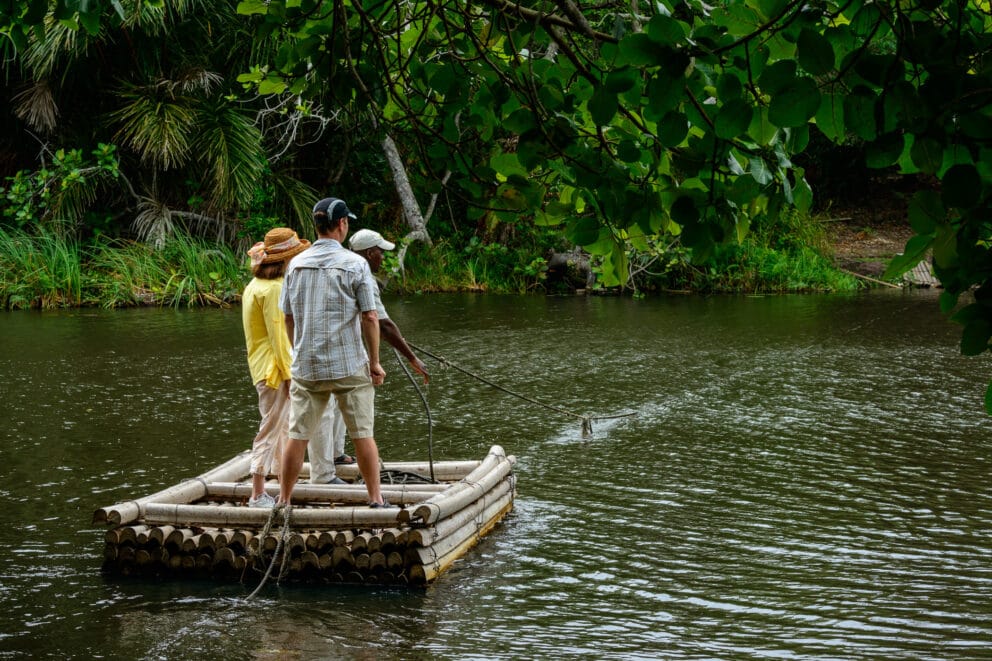
iSimangaliso Wetland Park isn’t just a park; it’s a vibrant tapestry woven from coral reefs, warm beaches, ancient coastal dunes, serene lakes, and vast wetlands. Each thread of this mosaic bursts with life, supporting incredible biodiversity. If you’re a birder, you’re in for a treat. This is where your next birdwatching safari truly begins.
With over 500 bird species flitting, wading, and soaring, you’ll be blissfully busy checking off your list. The sheer variety of habitats means you’ll spot everything from waders to elusive forest dwellers.
Imagine seeing the Pel’s fishing owl silently hunt, the African finfoot paddle past, or the majestic African fish eagle calling from above. And if you’re longing for an up-close wildlife shot? Within this UNESCO wonder lies uMkhuze Game Reserve, a Big Five safari destination with hides near watering holes that offer those magical, intimate moments with the wild.
Okavango Delta, Botswana
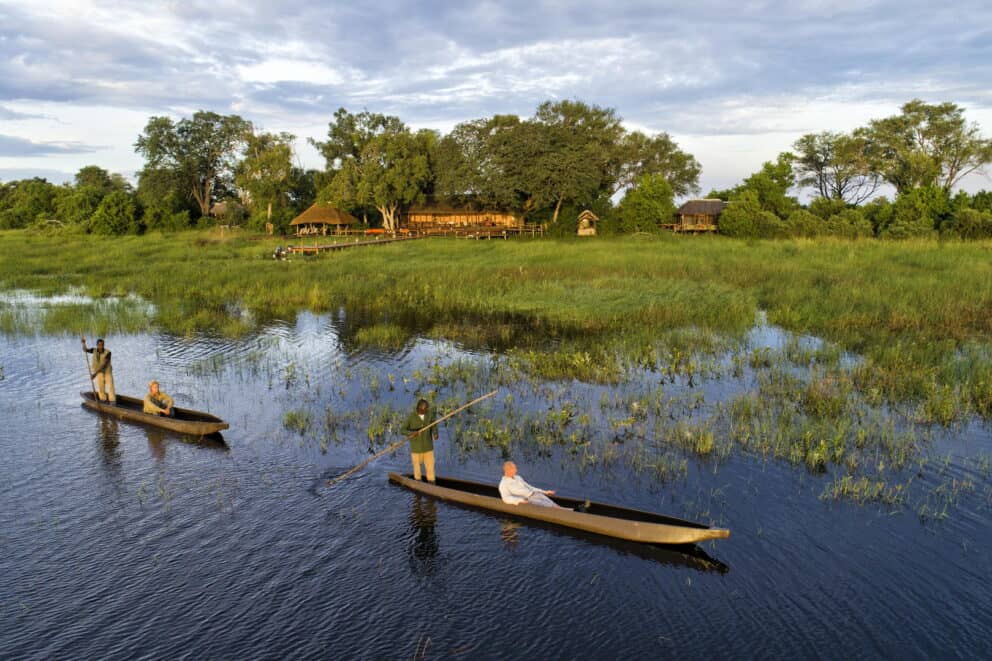
Once you’ve gazed upon the intricate waterways of the Okavango Delta, why it has UNESCO World Heritage status is completely clear. This is the heart of the Botswana safari circuit, a place where the Okavango River, instead of flowing to the sea, spills into the Kalahari, creating a vast oasis for wildlife.
Imagine gliding silently through papyrus-lined channels on a traditional mokoro, catching a glimpse of shy sitatunga antelopes peeking through the reeds. Or, while on game drives, witnessing the complex hunting practices of a wild dog pack.
The Okavango is a vast, ever-changing ecosystem supporting incredible life, from lush islands to sun-drenched woodlands. If spotting big cats and majestic elephants is your dream, Moremi Game Reserve within the Delta is where you’ll want to be. And for a deeper connection, a visit to Khwai Concession offers a cultural dimension to your journey.
Established by local community members, it’s a beacon for sustainable tourism, allowing you to not only explore the landscapes but also step into a local village and connect with a rich culture that dates back to the original San inhabitants.
Mount Kenya National Park, Kenya
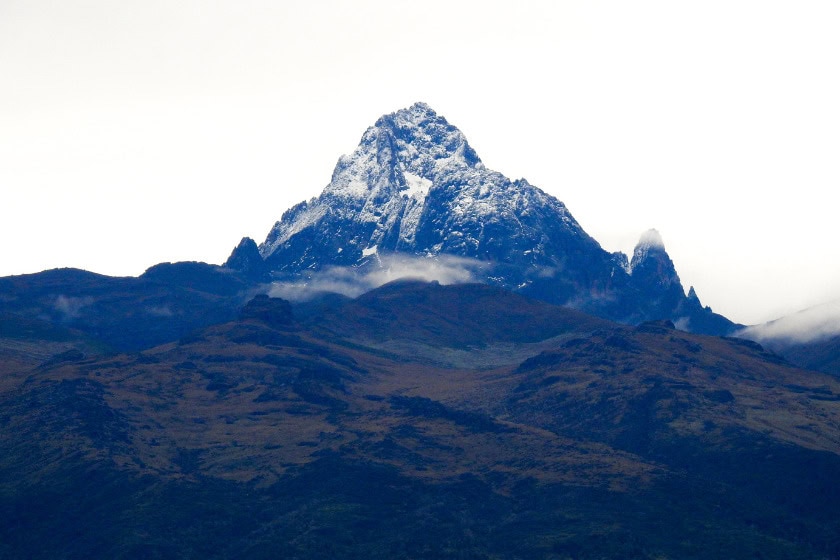
Africa’s second-highest peak, Mount Kenya, is an ancient extinct volcano with rugged glacier-clad summits and forested slopes. It supports a range of unique Afro-alpine flora and fauna, which is part of the reason why it became a national park and a UNESCO World Heritage Site.
Mount Kenya – measuring in at 5,199 m/17,057 ft – is the second-tallest peak on the continent, making it an excellent starter before the Mount Kilimanjaro main course. Even if you don’t have any aspirations to stand upon the highest peak in Africa, Mount Kenya is a bucket-list experience in itself.
Namib Sand Sea, Namibia
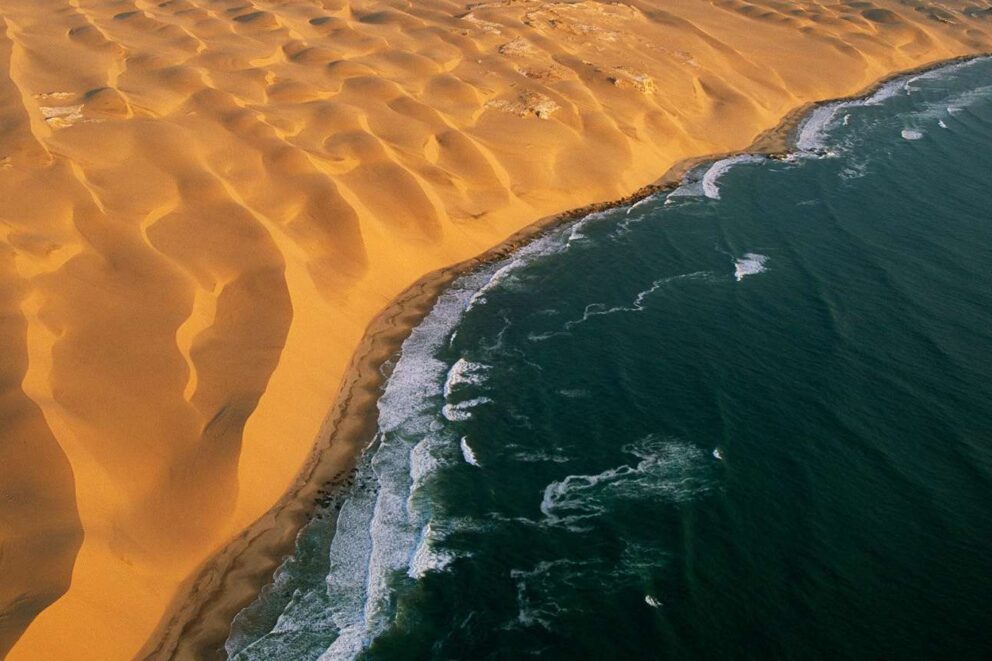
Namibia’s Namib Sand Sea is the only coastal desert in the world where towering, ancient dunes meet the cold, churning Atlantic Ocean, creating a surreal and mesmerising landscape. Imagine golden sands stretching endlessly into the horizon, sculpted by the wind into breathtaking formations, occasionally shrouded in a mystical coastal fog.
Despite its seemingly harsh environment, the Namib Sand Sea (within the Namib-Naukluft Park) is a living, breathing ecosystem, home to an array of endemic plants and animals that have adapted in extraordinary ways. Your Namibia desert safari here will involve traversing this unique terrain, spotting elusive desert-adapted wildlife like the majestic oryx, bounding springbok, and even social, hard-working meerkats.
Nyerere National Park, Tanzania
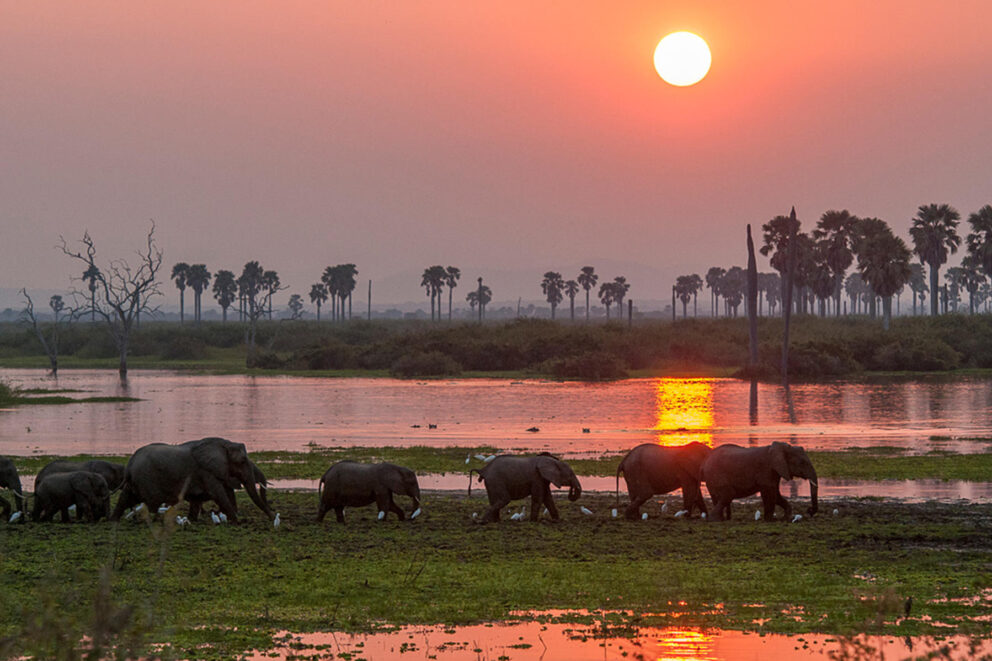
For the safari purist seeking a true adventure deep in Africa’s wilderness, Tanzania’s Nyerere National Park is the perfect choice. Not only is it one of Africa’s largest remaining wild areas, but Nyerere is also wonderfully off the well-trodden tourist paths often found in places like the Serengeti. It’s a UNESCO World Heritage Site by virtue of its dramatic landscapes and incredible wildlife diversity.
This immense landscape encompasses a variety of habitats, from sprawling miombo woodlands where leopards stalk to open grasslands where buffalo graze and the life-giving, winding Rufiji River.
A safari here often means thrilling boat trips on the river, offering a unique perspective on the wildlife that gathers at the water’s edge, alongside traditional game drives. It’s a less-travelled gem that promises an authentic, immersive, and truly wild African adventure.
Ngorongoro Conservation Area, Tanzania
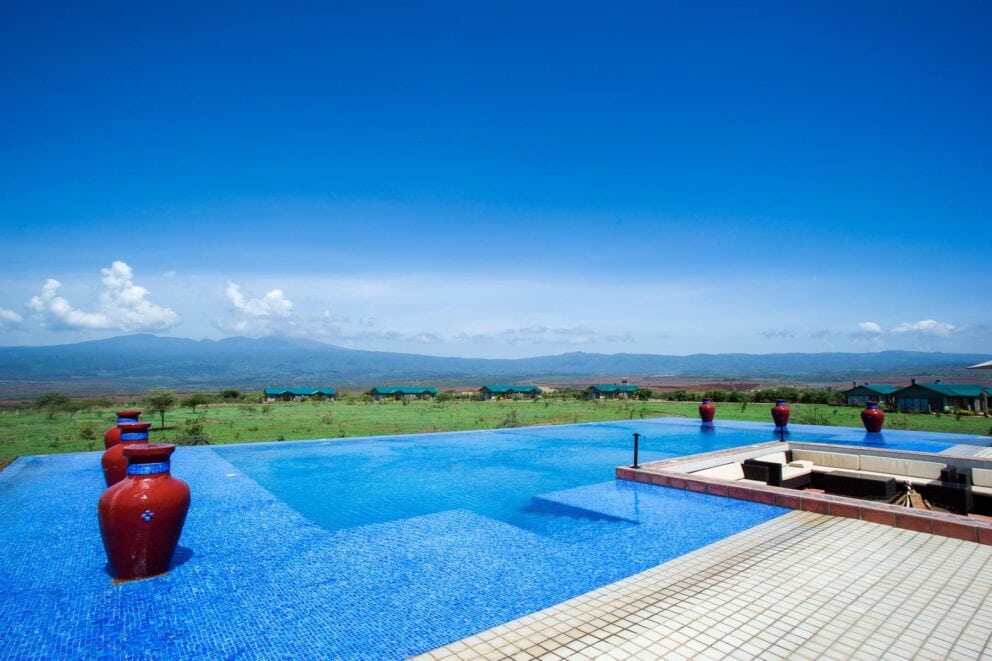
Step into a natural amphitheatre teeming with life at Tanzania’s Ngorongoro Conservation Area, a UNESCO World Heritage Site that perfectly blends stunning natural beauty with profound human history. At its heart lies the Ngorongoro Crater, the world’s largest intact volcanic caldera, home to an astonishing density of wildlife.
Imagine descending into this vast crater floor, where you can spot the Big Five – lion, leopard, elephant, rhino, and buffalo – set against a backdrop of rolling grasslands and dramatic crater walls. Beyond the electrifying wildlife, the Ngorongoro Conservation Area is also a globally significant archaeological site. Olduvai Gorge offers insight into the lives of our earliest ancestors.
Ngorongoro is a unique safari destination that offers unparalleled wildlife sighting opportunities and a deep, moving connection to our human origins.
Bwindi Impenetrable National Park, Uganda
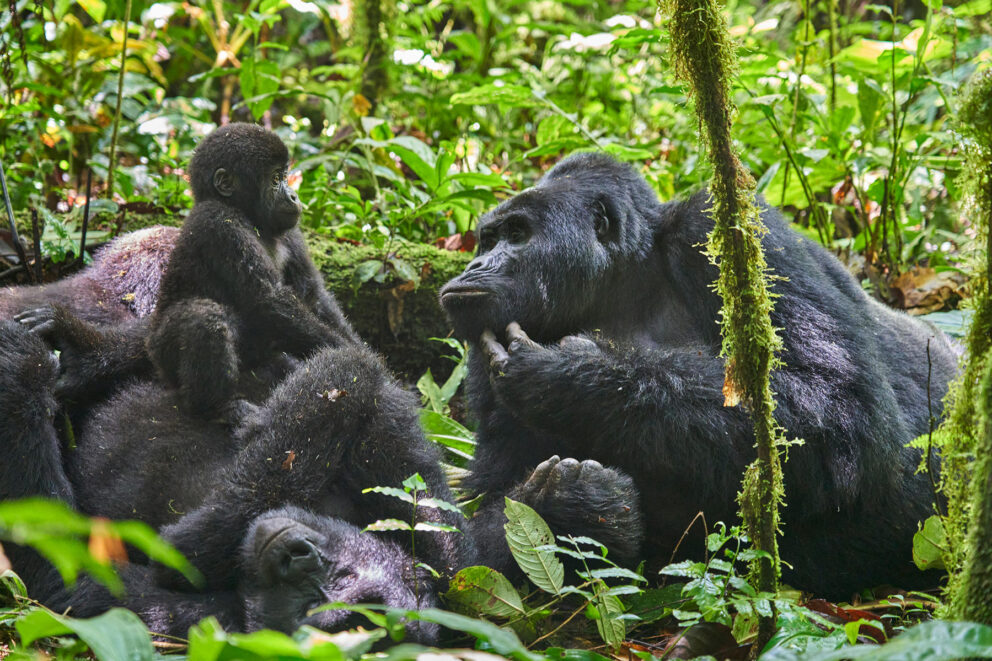
Deep in East Africa lies one of the last remaining strongholds for one of our planet’s most magnificent creatures. Bwindi Impenetrable National Park is a UNESCO World Heritage Site renowned for its dense, ancient rainforest and, most critically, as a vital home for endangered mountain gorillas.
A safari here can facilitate a transformative wildlife encounter. It’s an exhilarating hike deep into the misty, emerald forest to track a family of gorillas. Once found, you’ll spend time simply observing these magnificent apes, watching as they go about their daily lives – a silverback feeding, youngsters playing, or a mother cradling her infant.
This profoundly moving experience, coupled with the park’s exceptional biodiversity, including numerous bird and butterfly species, makes Bwindi an absolutely essential stop for any wildlife enthusiast seeking a deeply personal and unforgettable African safari.
Victoria Falls, Zambia and Zimbabwe
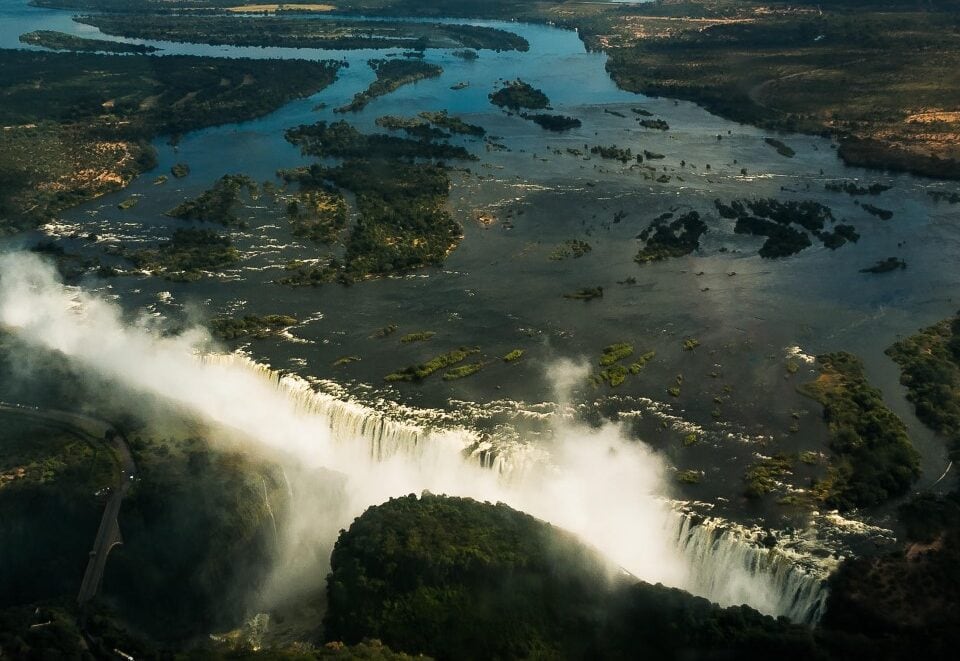
Experience the sheer, raw power of nature at Victoria Falls, a spectacular UNESCO World Heritage Site along the border of Zambia and Zimbabwe. Locally known in Zambia as “The Smoke That Thunders” (Mosi-oa-Tunya), it’s easy to see why this colossal waterfall is one of the natural wonders of the world.
The mighty Zambezi River plunges over 100 m/328 ft into a chasm, creating a thunderous roar that vibrates through your chest and a perpetual cloud of spray that can be seen for miles. Beyond the magnificent falls themselves, the surrounding rainforest, nourished by this constant mist, provides a unique habitat for various bird and animal species.
Victoria Falls offers activities like white-water rafting on the Zambezi, bungee jumping, and helicopter rides for aerial views. A Victoria Falls trip is the perfect add-on to a traditional wildlife safari in nearby parks.
Mana Pools National Park, Zimbabwe
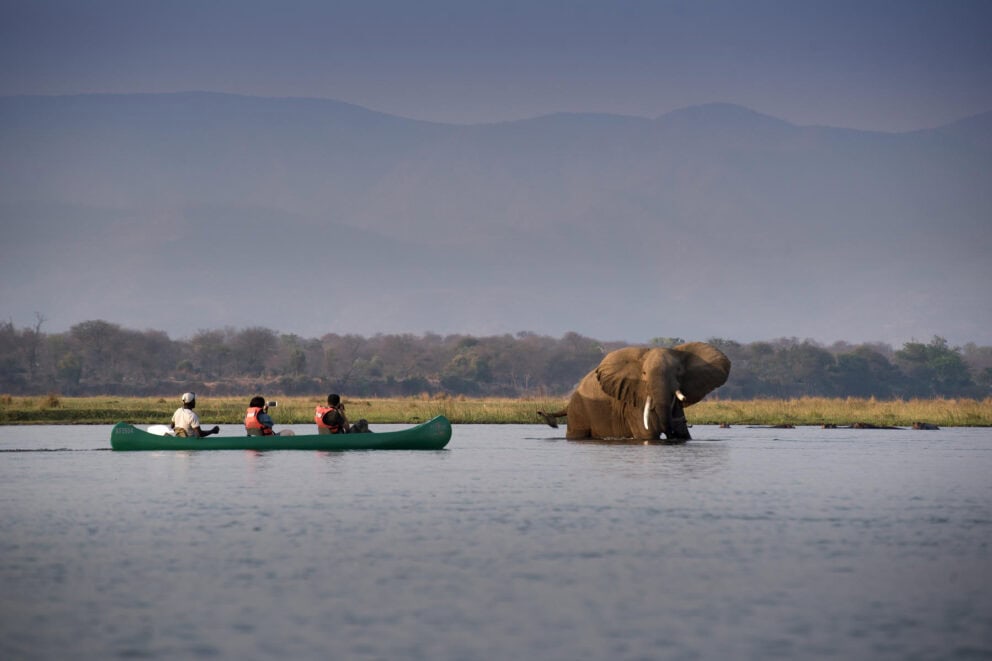
For an authentic and highly immersive safari experience, look no further than Zimbabwe’s Mana Pools National Park, a UNESCO World Heritage Site along the lower Zambezi River. This pristine wilderness is celebrated for its unique ecosystem, characterised by its ancient baobab trees and sprawling floodplains that swell and recede with the seasons. A huge focus in this destination is the opportunity for walking safaris.
The park’s four main pools attract vast concentrations of animals, making it an exceptional destination for photographic safaris and wildlife enthusiasts seeking an intimate and utterly wild encounter with Africa’s magnificent fauna.
Go on Your UNESCO Safari Adventure
From the ancient wonders of the Namib Desert to the thundering might of Victoria Falls and the magical encounters with gorillas in Bwindi, Africa’s UNESCO World Heritage Sites offer a rich safari experience. These destinations are some of our planet’s most significant natural and cultural treasures, each promising a deeply immersive and unforgettable journey.






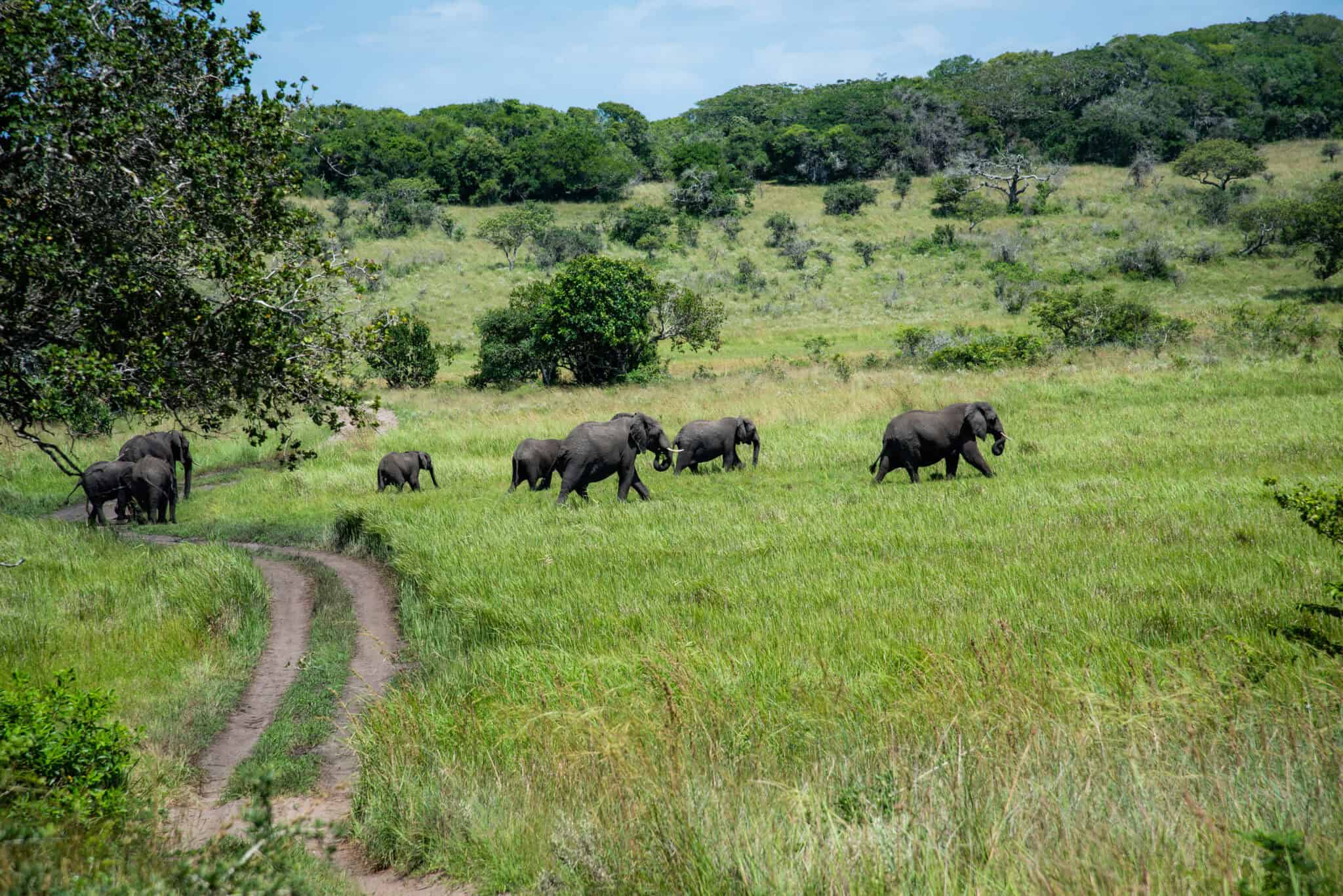

 Blog List
Blog List









Written by Paula Rabeling
• Travel Writer
Part of the Big Five Safaris, Mountain Gorilla Trekking & African Photo Safaris Collections